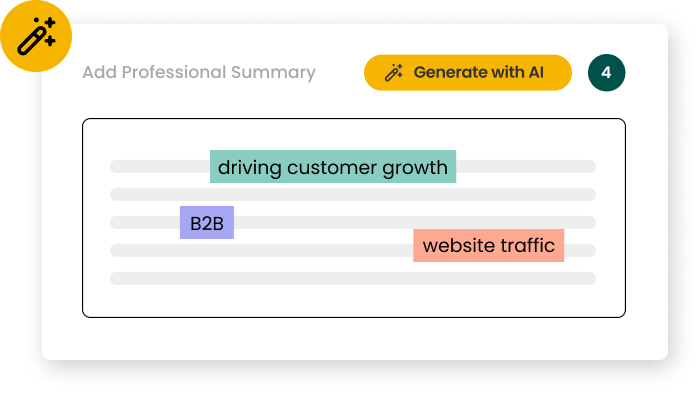Neuroscience is at the forefront of understanding brain-computer interfaces and neuroplasticity. Our Neuroscientist resume examples highlight essential skills like neuroimaging and computational modeling. Discover how to effectively showcase your research contributions and innovative methodologies to make your resume stand out in this cutting-edge field.
You can use the examples above as a starting point to help you brainstorm tasks, accomplishments for your work experience section.

Jane Doe
123 Neuron Street
Brainville, CA 90210
jane.doe@email.com
May 15, 2025
NeuroTech Innovations
456 Synapse Avenue
Cortex City, CA 90211
Dear Hiring Manager,
I am writing to express my strong interest in the Neuroscientist position at NeuroTech Innovations. With my extensive background in neural circuit mapping and a passion for unraveling the mysteries of the human brain, I am confident in my ability to contribute significantly to your cutting-edge research team.
In my current role at BrainWave Research Institute, I successfully led a team that developed a novel optogenetic technique, resulting in a 40% increase in spatial resolution for neural activity imaging. Additionally, I pioneered the use of AI-driven analysis in decoding complex neural patterns, which reduced data processing time by 60% and improved accuracy by 25%.
I am particularly excited about NeuroTech's focus on brain-computer interfaces (BCIs) and believe my expertise in neuroplasticity and advanced signal processing algorithms positions me well to address the challenges in this rapidly evolving field. My recent work with quantum sensors for non-invasive neural recording aligns perfectly with your company's innovative approach to BCI development.
I would welcome the opportunity to discuss how my skills and experience can contribute to NeuroTech's groundbreaking research. Thank you for your consideration, and I look forward to the possibility of an interview to further explore this exciting opportunity.
Sincerely,
Jane Doe
For a Neuroscientist resume, aim for 1-2 pages. One page is suitable for early-career professionals, while two pages are appropriate for experienced researchers with extensive publications and grants. Use concise language and bullet points to maximize space. Focus on highlighting key research experiences, publications, and technical skills relevant to neuroscience. Tailor your resume to the specific neuroscience subfield or position you're applying for, emphasizing your most impactful contributions.
A hybrid format works best for Neuroscientist resumes, combining chronological work history with a skills-based approach. This format allows you to showcase both your research experience and technical expertise. Include sections for Education, Research Experience, Publications, Technical Skills, and Grants/Funding. Use a clean, professional layout with consistent formatting. Highlight key neuroscience techniques, software proficiencies, and research outcomes. Consider including a brief research statement or career objective tailored to the position.
Key certifications for Neuroscientists include Laboratory Animal Research Certification, Good Clinical Practice (GCP) certification, and specialized neuroimaging certifications (e.g., fMRI). These demonstrate compliance with ethical standards and proficiency in crucial research techniques. Additionally, certifications in data analysis tools like MATLAB or Python can be valuable. List certifications in a dedicated section, including the certifying body and date of acquisition. Prioritize certifications most relevant to your target position or research area.
Common mistakes in Neuroscientist resumes include overemphasizing academic achievements at the expense of practical research experience, neglecting to quantify research impacts, and using overly technical jargon. Avoid these by balancing academic and research accomplishments, using metrics to demonstrate the significance of your work, and explaining complex concepts in accessible terms. Additionally, ensure your resume is tailored to the specific neuroscience position and institution you're applying to, highlighting relevant skills and experiences that align with the job requirements.